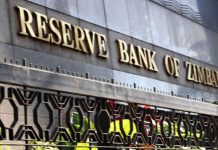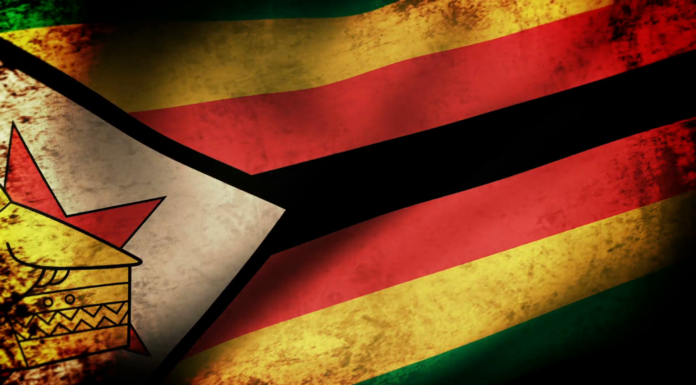Itai Ndongwe
Zimbabwe is bracing for a repetition of the devastating power disruptions caused by the 2015-2016 El Niño event, a cyclical climate phenomena associated with greater Pacific Ocean temperatures and clouds over southern Africa.
With the country already suffering with chronic electricity shortages, the impending dry season might exacerbate the situation by throwing households and businesses into darkness for extended periods of time, affecting the country’s economic growth.
Zimbabwe relies heavily on hydropower for electricity generation, with the Kariba South Hydropower Station on the Zambezi River being the largest contributor. However, El Niño-induced droughts are expected to significantly reduce water levels in Lake Kariba, which feeds the station. This reduction translates directly into lower power generation capacity, which could result in rolling blackouts and protracted load shedding.
This year, the Zambezi River Authority has considerably decreased the 2024 water allocation for Kariba power generation to 16 billion cubic metres (BCM) from 40 BCM in 2022/2023 (later reduced to various levels during the year) due to the expected low inflows into the lake. The allocation will be split equally between Zambia and Zimbabwe.
This is the lowest allocation on record since the 20 BCM awarded in 2016, and the second lowest since 1995’s 11 BCM.
There is a substantial possibility of a below-average rainfall season, which would result in below-average inflows into Lake Kariba, reducing the volume of water available for power generation in 2024.
ZRA also encouraged power providers ZESCO and ZESA to seek alternative sources of power to supplement generation at Kariba in order to cover any power generation deficit that may develop as a result of Kariba’s lower water allocation in 2024. For Zimbabwe, Kariba now generates 725MW.
Lake levels of the world’s biggest man-made lake continue to dip during this season, owing primarily to lower inflows than outflows from Lake Kariba, with isolated changes seen recently due to occasional rainfall activity on the lake.
As a result, the country will become more reliant on thermal power to compensate for the shortfall in hydropower, which relies on imported fossil fuels such as coal or diesel. This reliance has a double edge.
Fossil fuels are often more expensive than hydropower, resulting in greater energy generation costs, which are eventually passed on to customers via higher electricity tariffs.
Currency swings are a concern for Zimbabwe due to its economic position. During El Niño-induced droughts, importing fuel can strain foreign currency reserves, potentially leading to price increases.
El Niño has a significant impact on Zimbabwe’s power supply, going beyond just annoyance. Reduced power availability can disrupt businesses, stymie industrial operations, and jeopardise important services such as healthcare and education. This might result in job losses, economic stagnation, and a drop in living conditions for an already suffering population.









